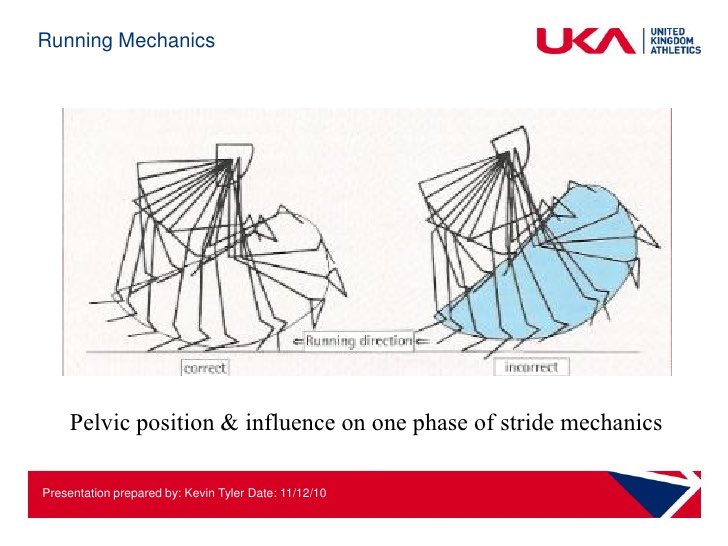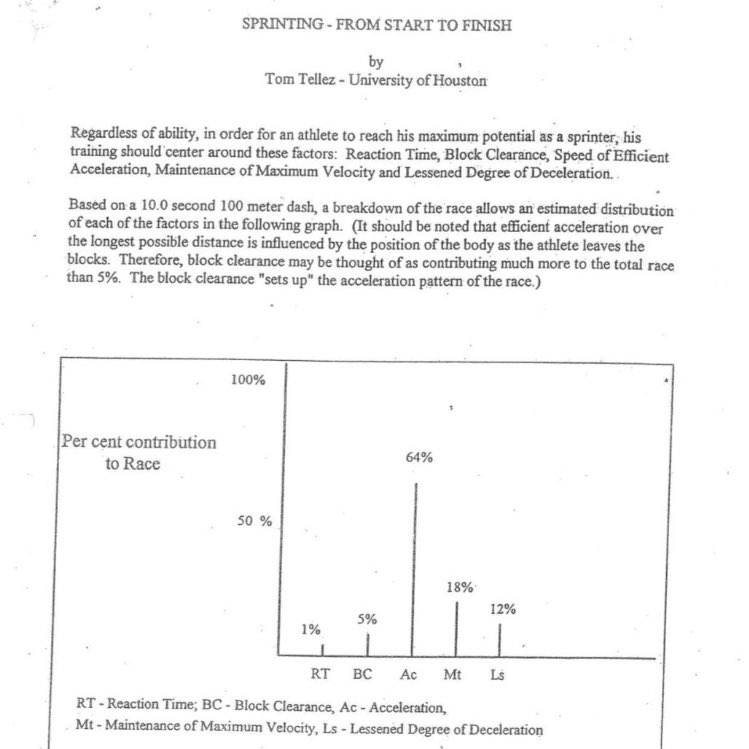Couple things I consider to be fundamental to sprinting & have heavily influenced my outlooks. The accelerative abilities & biomechanics tend to be undervalued. Can I gain an advantage early & can I hang onto it? Are biomechanical insufficiencies limiting performance capacity?
If max velocity has been raised with repeated efforts over short duration from a neuromuscular drive standpoint, can it be raised even higher in the presence of optimum movement economy and muscular coordination? Does an ideal model of movement improve that capacity for speed?
If movement economy is ideal, how do we sustain an advantage? Do we push the accel out further? Do we need to work speed endurance to limit the rate of deceleration? Are there strategic components that have gone under the radar that cause the athlete to fade too soon?
We tend to see oversimplification driving decision making. There’s nothing wrong with simple systems as long as they address all of the needs in an athletic population. Would be like football without agility, basketball without passing, track without speed + endurance components.
It’s easy to fall into the trap of one size fits all training, as often times addressing one main component (ie max speed) can lead to large improvements overall. But you can further raise the ceiling by addressing other components of training (ie biomech, accel, endurance, etc)

 Read on Twitter
Read on Twitter



